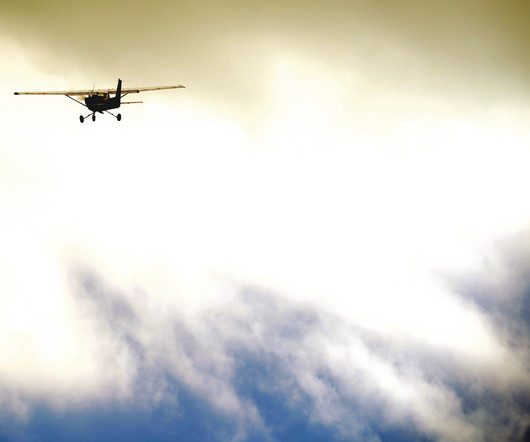Game On!
Plane and Pilot
MARCH 25, 2025
A steam gauge airspeed indicator, Garmin G3X, autopilot, Garmin G5, transponder, fuel selector, accelerometer, and steam gauge altimeter were centered directly in front of me. The Texas winds were gusting anywhere from 15-25 knots, and like other aerobatic airplanes, the canopy can be easily blown off. Takeoff Over 50-ft.












Let's personalize your content